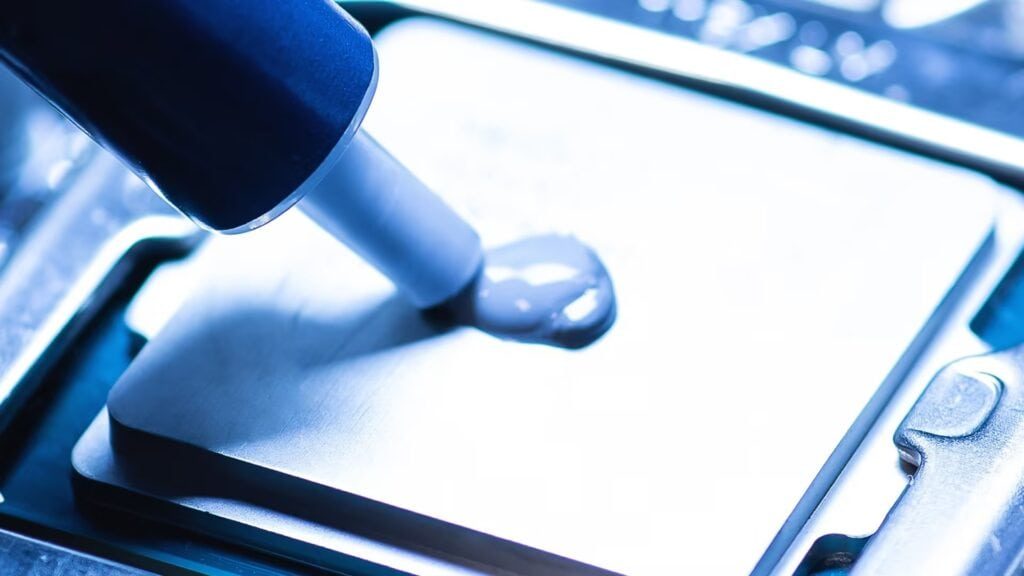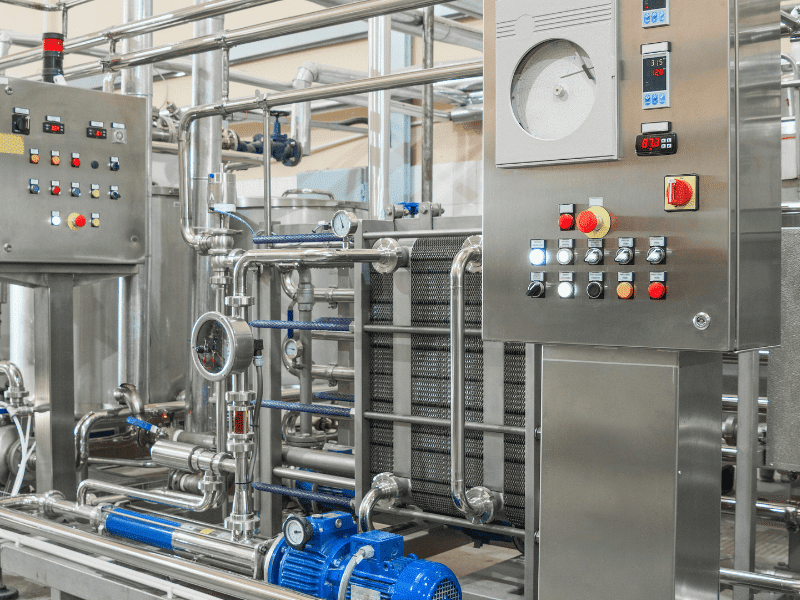Every Thermal Interface Material including Thermal Pads has a specific lifespan, after that it needs replacement. If not, it can result in losing the expensive components only because of overheating. A thermal pad generally serves as a head conductive source in components like CPUs, GPUs, Consoles, and other electronics. It fills the air gaps and ensures a smooth connection between the surfaces to pass heat efficiently.
In today’s article, we will thoroughly discuss the overall life of a thermal pad, its maintenance, and replacement. Which type of thermal pad can last longer compared to others? What factors affect its performance and how to judge that a pad needs replacement or maintenance? How do you get a quality thermal pad that fulfils all the requirements? Let’s jump towards the in-depth discussion now,
Thermal Pads Lifespan
The general lifespan of a thermal pad may vary from 3-10 years. It depends upon the type and quality of the thermal pad. Moreover, its lifespan also depends on factors including usage, maintenance, environmental conditions, pressure, temperature, and physical degradation. The more the pad is used under extreme conditions the less it will offer the lifespan. Let’s discuss the factors impacting the life cycle,
– Operating Temperature
The operating temperature can impact the lifespan of a thermal pad plus components in positive and negative ways. If a thermal pad is operating under high temperatures continually, the lifespan of the pad will decrease. Similarly, if the pad is bearing a normal temperature, it will live its complete life. The phase-change thermal pads are affected more by higher temperatures.
– Quality of Material
Revolving around the other aspects, it stops at the debate on how quality ingredients are used in the composition of a thermal pad. If the manufacturers have used quality raw materials, the thermal pad will complete its mentioned lifespan. Otherwise, the pad may lose its elasticity in front of rising temperatures which will eventually cause a decrease in performance.
– Environmental Conditions
Several environmental conditions including dust, moisture, and direct sunlight can negatively impact the lifespan of thermal pads. It damages the flexibility, size, and hardness that can lead to low performance and limits the overall life of thermal pads. So a neat, clean, and sealed environment is recommended for the safety of components and to improve the life cycle of pads.
– Pressure (Less or More)
The less or more pressure here refers to how much pressure a thermal pad bears while attaching to components. The less or more pressure on a thermal pad can significantly impact its life span as it changes the pattern of how efficiently it will dissipate the heat. Apart from that frequent assembling and disassembling the thermal pad can also result in lowering its lifespan.
– Physical Degradation
With every passing year, changes in the physical state of the thermal pad start showing its effect. It starts showing less flexibility, cracks on the pad, changes in thickness, and dryness. All these factors indicate that it is time to replace the thermal pad as it has completed or is near to complete its lifespan. Usually, extensive usage under hard environmental factors causes physical degradation of pads.
| Type of Thermal Pad | Lifespan |
|---|---|
| Silicone-Based Thermal Pads | 02 to 05 Years |
| Graphite Thermal Pads | 03 to 06 Years |
| Phase-Change Thermal Pads | 01 to 03 Years |
| Ceramic-Filled Thermal Pads | 06 to 08 Years |
| Metallic Thermal Pads | 07 to 10 Years |
| Fiberglass-Reinforced Thermal Pads | 07 to 10 Years |
How to Maintain a Thermal Pad?
Maintenance of a thermal pad usually depends upon how one maintains the component/system/device in which the thermal pad is being used. Yup, that’s the fact and it impacts the lifespan of thermal pads plus the performance of components. Let’s discuss some important steps to maintain a thermal pad.
NOTE: The maintenance tips are for both unused and under-used thermal pads.
– Regular Inspection/Monitoring
- Look for the physical condition of the thermal pad regularly.
- Monitor temperature ranges as per the recommended range (low + high).
- Inspection should conducted every 3 to 6 months.
– Regular Cleaning
- Clean every component regularly.
- Touch the thermal pad using gloves or with neat hands.
- Keep the surfaces clean where thermal pads will be attached.
- Perform cleaning activities every 3 to 6 months.
– Environmental Protection
- Keep thermal pads safe from dust, moisture, chemicals, and sunlight.
- If unused store the thermal pads in a balanced temperature area.
- Keep thermal pads safe from water, and fire.
When to Replace Thermal Pad?
A thorough physical inspection and regular performance monitoring (using software) can help to decide about replacement. Once you have these aspects under observation, you can replace the thermal pad with a newer one timely. Otherwise, a dead or burnt component will tell you the whole story. Usually, it takes years when there is a need to replace the thermal pad, one still must have a strong eye on the expected wear/tear and performance drops.
- The system operates hotter than the recommended temperature range.
- There is wear/tear in thermal pads.
- There is swelling or changes in the size/colour of thermal pads.
- There is less elasticity and dryness in thermal pads.
How to Replace Thermal Pad?
[NOTE]: Perform the activity when the power connection is turned off.
- Make sure to have all the required accessories before starting replacement. (cloth, cleaning liquid, cutter, and thermal pad itself)
- Clean the surface where old thermal material is applied. Ensure proper cleaning with no marks of old material left behind.
- Cut the thermal pad as per requirement keeping in mind the dimensions and thickness of the thermal pad.
- Remove the protective plastic layer and apply the thermal pad.
- Reassemble the components, power them on, and monitor the stats.
- If there is anything unusual, repeat the process until the pads are installed correctly.
Where to Get Quality Thermal Pads?
A reputable manufacturer is among those elements that play an important role in maintaining a better lifespan of thermal pads. The term reputable manufacturer here is suggesting towards JiuJu, a well-known and experienced thermal interface material supplier.
Following high manufacturing standards like advanced machinery, a skilled team of experts, and smooth storage and transportation mechanisms. JiuJu always provides thermal products with superior thermal conductivity, stable performance, and better lifespan.
In order to get a quotation and relevant information about thermal pads. Contact the support team at JiuJu to avail wholesale rates, discounts, and other perks. Be one among 500+ JiuJu business partners and get uncompromised thermal management products.
Final Verdict
Thermal Pads are undoubtedly an ideal and affordable solution where there is a need for effective heat management and a longer lifespan. However, there are certain requirements one should follow to have an organised system for its components. The thermal pads get old over time and need proper maintenance plus replacement.
One should inspect and monitor these parameters to improve the lifespan and performance of pads. Moreover, one should also keep an eye on the factors damaging the health of thermal pads.
Are you Looking for high-quality thermal pads of every type? Follow Jiju…





